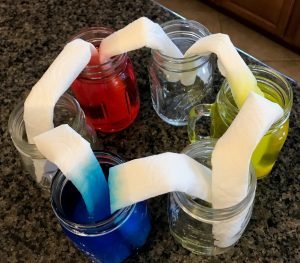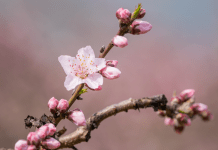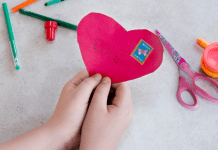The Rainbow Maker! The Holidays are Over. Now What Do We Do?
The holidays are over and the shininess of all the new toys and books your child received is beginning to wear off. What on earth do we do now? In the second installment of our two-part series, we introduce you to an easy-to-do science experiment that is sure to inspire awe in your family.
Make a Rainbow

What you will need for the Rainbow Maker:
- 6 clear same-sized glasses (I used mason jars)
- Red, Yellow, and Blue food coloring
- Water
- 6 paper towels rolled into a tube shape
- Optional: ruler
Fill three of the glasses three-quarters full of water. Color the water in one glass red, one glass blue, and one glass yellow. Place all six glasses in a circle, alternating water glasses with empty glasses.
Place a paper towel between the glass with blue water and an empty glass, then connect that empty glass to the water glass next to it. Repeat until all of the glasses are connected by a paper towel to the glasses on each side of it. Take a peek at the photo provided.
Now make some predictions about what will happen. Write them down if you like then wait.
Spoiler alert! The water will transfer through the paper towels to the empty glasses until the water level becomes even in neighboring cups. The colors will mix to make new colors and a rainbow will appear! This step may take up to 48 hours so make sure you place your experiment where it can be seen but not disturbed.
So, what is happening here?
It is a process called capillary action that simulates how a plant moves water into its roots, stems, and leaves. Basically, water molecules like to stick together and they like to stick to plant material. This force pushes the water upward against gravity.
This is also a great time to talk with the littler kids about colors and color-mixing.
Consider taking this experiment a step further with a classic experiment. Place celery or a carnation in colored water and watch what happens. Perhaps try splitting the stem of the carnation. Place each side in different colored water for a dramatic twist.


















